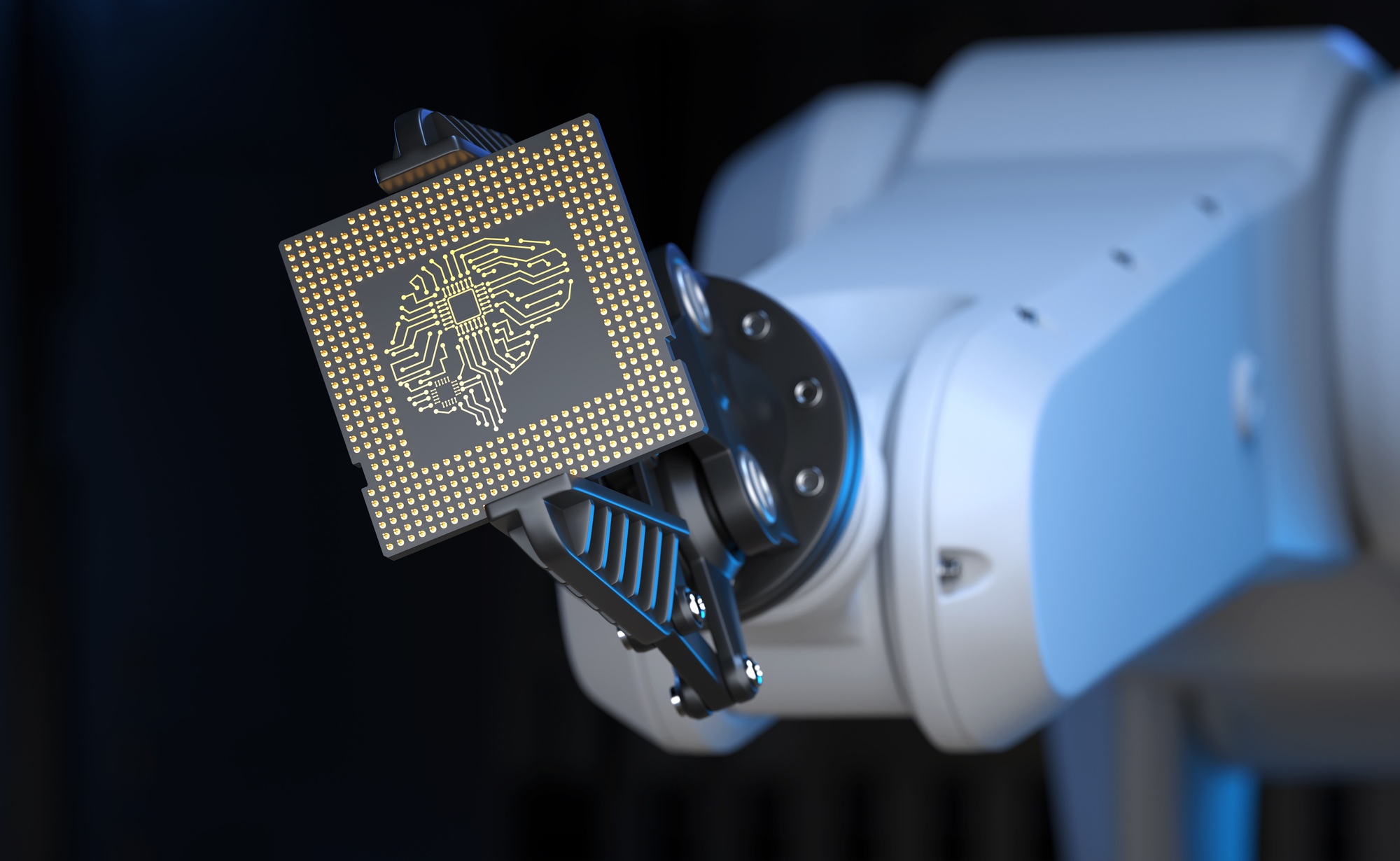U.S. Senator Marco Rubio has recently voiced concerns regarding the increasing use of AI technology for impersonation purposes, describing it as a “real threat” to security and privacy. His comments come amid growing awareness of how artificial intelligence tools can be exploited to create realistic fake audio, video, and text, which can be used maliciously.
In recent years, AI technology has seen rapid development, with applications spanning from healthcare to finance. However, this rapid progress has also introduced new vulnerabilities, especially in the realm of cybersecurity. Impersonation using AI, often called deepfakes, presents a significant challenge for detection and prevention, prompting lawmakers and security experts to call for stricter regulations and technological safeguards.
Rubio’s remarks highlight the dual nature of AI advancements—while offering tremendous potential benefits, they also open avenues for abuse. The senator pointed out that AI impersonation is becoming increasingly common, with criminals and malicious actors leveraging these tools to commit fraud, spread misinformation, and manipulate public opinion. The concern is that such impersonations could be used to impersonate government officials, CEOs, or other influential figures, potentially causing chaos or harm.
The implications of AI impersonation extend beyond individual security, affecting national security, corporate integrity, and personal privacy. For example, fake audio or video of political leaders could be used to sway elections or incite unrest. Similarly, fake identities generated by AI could be used in financial scams or identity theft operations.
Experts agree that while AI impersonation is a serious threat, it is also a sign of the broader challenges posed by advancing AI capabilities. Many are calling for increased research into detection methods, as well as regulatory frameworks to prevent misuse without stifling innovation.
Looking ahead, policymakers and industry leaders are closely watching developments in AI safety and security. The focus remains on creating robust tools that can distinguish between genuine and manipulated content, alongside laws that address the malicious use of AI technology.
What are the most effective ways to detect AI impersonation?
Advanced algorithms and AI-based detection tools are being developed to identify deepfakes and manipulated content, but constant updates are necessary to stay ahead of malicious actors.
How can regulations help mitigate AI impersonation threats?
Implementing laws that penalize malicious use of AI and establishing standards for AI-generated content can reduce the risk of abuse while promoting responsible innovation.
What role should tech companies play in combating AI impersonation?
Tech firms should prioritize security features, develop detection tools, and cooperate with authorities to prevent misuse and ensure user safety.







